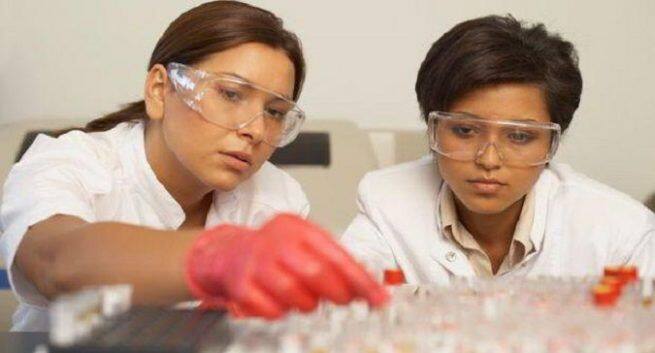
As the U.S. continues to see an increase in the number of COVID-19 cases, the country’s health officials are considering a new testing strategy to determine how many people have been exposed to the virus. Called group testing, the proposed strategy is to combine samples from several people and conduct group tests.
Speaking to people in the media, Dr. Anthony Fauci, director of the National Institute of Allergy and Infectious Diseases, admitted that the country’s current approach of just testing symptomatic COVID-19 patients and tracking their contacts is not working. This is because asymptomatic people are spreading the virus without knowing it.
To improve COVID-19 surveillance, Dr. Fauci said officials are talking about implementing group testing. Experts believe that bundling would increase the country’s testing capacity from half a million tests per day now to potentially 5 million tests per day. Before the coronavirus pandemic, group tests were only used in blood banks. How will it be used for SARS-CoV-2 testing? Will it help contain COVID-19 outbreaks? Read on to find out all about the proposed testing strategy.
How the group test works
Group tests also use the same polymerase chain reaction (PCR) technology as current diagnostic tests, but it is the method by which people are evaluated that makes this approach unique.
In this method, samples from several people are combined and analyzed at the same time. If the result is negative, it means that the entire group is negative for the coronavirus. However, if a group tests positive, it will proceed to the second phase of testing which consists of dividing the group into smaller samples to identify the infected person or persons.
The number of samples used for the group test may depend on the type of machine used for the test. While some say that up to 10 samples can be pooled, others recommend up to 50. A preprint study from Israel suggests that the virus can be detected in a group with up to 64 samples.
Advantages of group tests
Some experts believed that the implementation of group tests can increase the number of people evaluated ten times. It is also more cost effective and can reduce the burden on laboratories. Group tests will help identify asymptomatic COVID-19 patients and eliminate those who are not infected. This method is less time consuming and therefore will speed up the testing process.
Disadvantages of group tests
The main drawback to this method is that it is not a foolproof approach. If the number of infected people is too high in the initial sample, it may be difficult to identify them in the group.
Again, if the pool is too large, the samples may be less viable. There are chances that some positive cases may appear negative after diluting with large amounts. Furthermore, group tests may not be adequate everywhere as there are variations in the prevalence of the disease.
According to some experts, group tests are better in places with low COVID-19 rates, where there is a high chance that the vast majority of tests are negative. Another disadvantage of group testing is that when the test result is positive, all samples must be analyzed individually. This long gap in test confirmation could cause anxiety among people waiting for their individual results.
Posted: Jul 1, 2020 3:41 pm | Updated: July 2, 2020 6:36 am